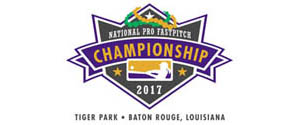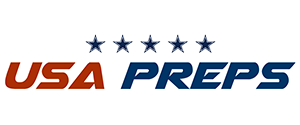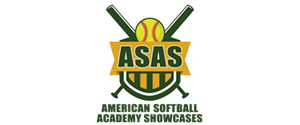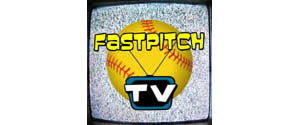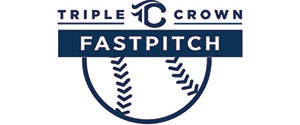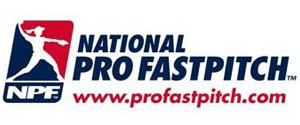NCAA rules. R1 is on 1B. Base ump calls R1 out for leaving early while at the same time plate ump calls an illegal pitch because the pitcher stepped outside of the lane.
How should this be enforced?
The Umpire Corner
Change in Effect
There are several wording changes regarding the effects for rule violations;
however, none will have as great an effect on the game as the fundamental change
for a base runner leaving a base before the release of a pitch. Historically, and
in all other major softball rule codes, the umpire called “Dead Ball, No Pitch,”
the base runner was declared out, and other base runner(s) and the batter were
returned to their positions before the pitch. But beginning with this season, the
effect in the collegiate game will change to a delayed dead ball, which will allow
play to proceed to conclusion. Once play has ended, the defensive coach shall
have the option to take the results of the play OR the traditional penalty described
above.
The intent of the change is to always advantage the offended (that is, the
defensive) team. Under the traditional penalty, if with one out, the batter hit into
a line drive double play, the play was negated because no play was allowed after
the base runner was called out for leaving her base. So the team that got a hot
hitter to line out to apparently end the inning had to allow the batter back in the
box with only two outs.
This change creates a parallel penalty to the effect for an illegal pitch when the
offended (that is, the offensive) team is always advantaged. But as simple as that
seems, this becomes the first offensive violation that results in a delayed dead ball
so there is now the possibility that there will be both an offensive and defensive
rule violation resulting in delayed dead ball penalties that will have to be resolved
once play ceases. When this is the case, the penalties will be applied in the order
in which they occurred as determined by the umpire crew. So, for example, a
play that includes both a base runner leaving early and an illegal pitch will be
allowed to conclude; the umpires will determine which violation occurred first,
enforce that effect and then apply the effect for the other violation. If the illegal
pitch was called for stepping backward, it would be the first violation, but if the
illegal pitch was for striding outside the pitching lane, it would be the second. If
the defensive violation is anything other than illegal pitch (Rule 6.8), it would be
enforced after the offensive violation.
There are several wording changes regarding the effects for rule violations;
however, none will have as great an effect on the game as the fundamental change
for a base runner leaving a base before the release of a pitch. Historically, and
in all other major softball rule codes, the umpire called “Dead Ball, No Pitch,”
the base runner was declared out, and other base runner(s) and the batter were
returned to their positions before the pitch. But beginning with this season, the
effect in the collegiate game will change to a delayed dead ball, which will allow
play to proceed to conclusion. Once play has ended, the defensive coach shall
have the option to take the results of the play OR the traditional penalty described
above.
The intent of the change is to always advantage the offended (that is, the
defensive) team. Under the traditional penalty, if with one out, the batter hit into
a line drive double play, the play was negated because no play was allowed after
the base runner was called out for leaving her base. So the team that got a hot
hitter to line out to apparently end the inning had to allow the batter back in the
box with only two outs.
This change creates a parallel penalty to the effect for an illegal pitch when the
offended (that is, the offensive) team is always advantaged. But as simple as that
seems, this becomes the first offensive violation that results in a delayed dead ball
so there is now the possibility that there will be both an offensive and defensive
rule violation resulting in delayed dead ball penalties that will have to be resolved
once play ceases. When this is the case, the penalties will be applied in the order
in which they occurred as determined by the umpire crew. So, for example, a
play that includes both a base runner leaving early and an illegal pitch will be
allowed to conclude; the umpires will determine which violation occurred first,
enforce that effect and then apply the effect for the other violation. If the illegal
pitch was called for stepping backward, it would be the first violation, but if the
illegal pitch was for striding outside the pitching lane, it would be the second. If
the defensive violation is anything other than illegal pitch (Rule 6.8), it would be
enforced after the offensive violation.
- Comp
- Posts: 589
- Joined: Sun Jun 22, 2008 11:27 am
The leaving early happens 1st, Umpire should immediately call No Pitch (kills play) therefore everything that happens afterwards is not valid.
- Makina
- Posts: 176
- Joined: Mon Jul 04, 2011 10:40 am
Makina wrote:The leaving early happens 1st, Umpire should immediately call No Pitch (kills play) therefore everything that happens afterwards is not valid.
Read above, NCAA changed the rule for leaving early this year. It is now a delayed dead ball. And believe me it creates all kinds of confusion because no one knows if they are calling leaving early or an illegal pitch. They really needed to come up with a different signal for leaving early.
- Comp
- Posts: 589
- Joined: Sun Jun 22, 2008 11:27 am
4 posts
• Page 1 of 1




